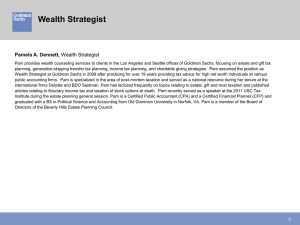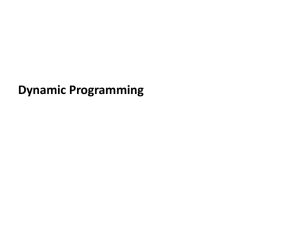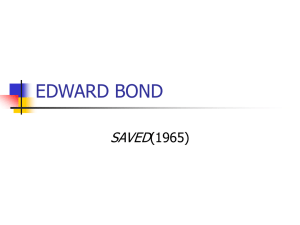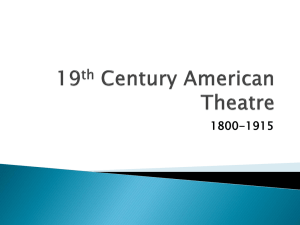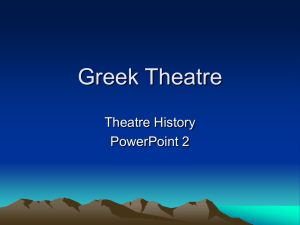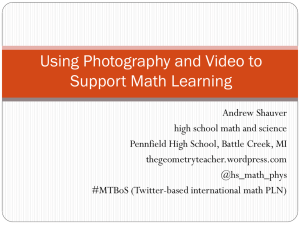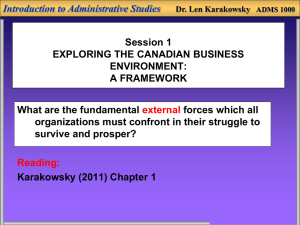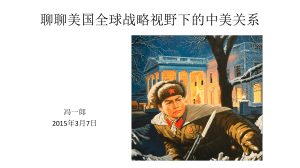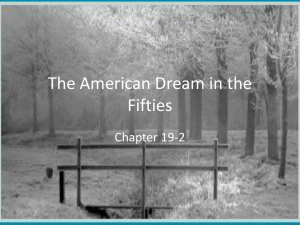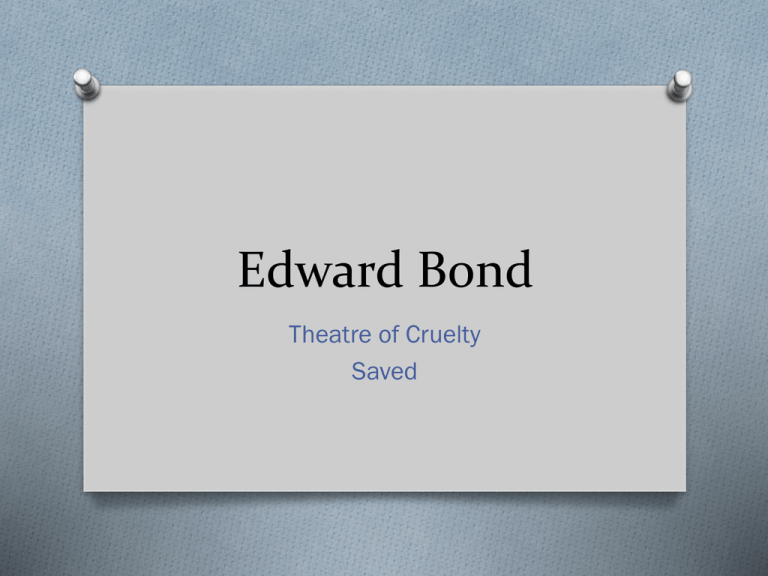
Edward Bond
Theatre of Cruelty
Saved
Edward Bond
O Bond was born on 18 July 1934 into a working-class family in
Holloway, North London.
O In 1940, as a child during the World War II he was evacuated to
Cornwall and subsequently to his grandparents in Elly. However,
he was in London during the bombings in 1940 and 1944. This
early exposure to the violence and terror of war probably shaped
themes in his work, while his experience of the evacuation gave
him an awareness of social alienation which would characterise
his writing.
O In 1944, he attended Crouch End Secondary Modern School. As
he was not thought enough to take the eleven-plus exam, he left
school at the age of fifteen. While still in school, he saw Donald
Wolfit’s production of Macbeth, which had a profound impact
upon him.
O «For the very first time… I met somebody
who was actually talking about my problems,
the life I’d been living, the political society
around me… I knew all those people, they
were in the street or in the newspapers this
(Macbeth) in fact was my world.»
O During his national service in the army he discovered
the naked violence hidden behind normal social
behaviour and decided to start writing.
O Back in London, he educated himself in theatre while
working and exercised his skill by writing drama
sketches. He was especially impressed by the
performances of the Berliner Ensemble in the summer
of 1956. In June 1958, after submitting two plays to the
Royal Court Theatre, which were rejected, Bond was
invited to join its newly formed writers’ group.
Edward Bond
O Bond’s famous play, Saved (1965) became one of the best
cause célebrés in 20th century British theatre history.
O Saved delves into the lives of South London working class
youths suppressed by a brutal ecenomic system and
unable to give their lives meaning, who drift eventually
into barbarous mutual violence. Among them, one
character, Len, persistently tries to maintain links between
people violently tearing each other to pieces.
O The play shows the social causes of violence and opposes
them with individual freedom.
Other Plays of Bond
O Early Morning: He uses 19th century as a mirror
to his own times to show the corruptions similar
in two times.
O Passion, Black Mass: He mocks and satirizes
religion. For example in Passion, he uses a pig
being crucified to shock the audience.
O Narrow Road to the Deep North: A kindergarten
is attacked by soldiers, teachers are raped and
killed.
Other Plays of Bond
O Lear, Bingo: he makes use of intertextuality
in Lear from Shakespeare. Bingo tells about
the last days of W.Shakespeare dividing his
wealth.
O The Fool: It’s about the life of a poet, John
Clare.
Theatre of Cruelty
O This genre is a surrealist form of theatre which
was theorized by Antonin Artaud. He was a
French dramatist who was affected by Balinese
Theatre:
O He described the impact of the physical action on
stage and its effect upon man's conscious; the
emergence of the latter not only by means of the
spoken word, but also by means of gestures,
which should be looked upon as a kind of
hieroglyphic or symbol.
Theatre of Cruelty
O Artaud wrote the book The Theatre and Its
Double in which Balinese Theatre and Theatre of
Cruelty were mentioned.
O This genre’s aim is to shock the audience into a
realisation. The spectators are to be awed and
even terrified to such a degree that they will lose
the control of their reason.
O Artaud’s aim was to present violence and cruelty
for the sake of cruelty. The spectators must be
disturbed and shaken in their minds.
Theatre of Cruelty
O The purpose is to attack to the subconscious
of the spectator in order to release and
reveal hidden fears and anxieties which are
normally surpressed.
O Action is in the foreground more than
language.
O Screams, cries, symbolic gestures,
madness, perversion are common.
Plot Summary
O Scene One
O The plays opens in the living room. Pam has
brought Len home for sex. She insists on
using the living-room because her bed is not
made. They have trouble getting comfortable.
Harry comes in and goes out again. Pam and
Len continue their sex play, Harry again puts
his head in and Pam and Len offer him
candy.
O Scene Two
O It takes place in a park near the flat.Len and
Pam are in a boat. Len is now a boarder in
the flat. They also speak of their relationship,
the fact that Harry and Mary haven’t spoken
in so many years Pam can’t remember when
the silence started or why, that they had a
boy during world War II and that he was killed
by a bomb in this park. Fred, the boat
handler, calls them in and makes crude
sexual jokes.
O Scene Three
O Pete, Barry, Mike and Colin meet in the park.
Pete is dressed in a suit because he is going
to the funeral of a boy he killed with his van—
intentionally, he says. He openly seeks the
admiration of the others and they do admire
him for the killing and the fact that he got
away with it. They tease Barry and there is
lots of low and crude sexual humor.
O Scene Four
O It takes place in the living room. Mary puts
food on the table, Len eats and Harry dozes
in the armchair. Pam enters in her slip, turns
on the TV and puts on make-up. The baby
starts to cry off-stage and continues to cry
throughout the scene. No one does anything
to comfort the baby. Fred comes and with
Pam they leave. Harry tells Len it’s better for
him to sleep with his door closed so he won’t
hear Fred and Pam. The baby goes on crying.
O Scene Five
O Pam is sick in bed and Len tries to comfort
her. She complains about Fred who cheated
her. Baby is still crying but Pam does not
care.
O Scene Six
O The park. Fred is fishing and chatting with
Len who has been fired from his job for
staying away from work to care for Pam.
O (continued) Scene Six
O Pam comes in with the baby in its pram.she
leaves the baby there. The baby is drugged
with aspirin to keep it quiet. Len goes after
Pam. One by one the rest of the gang wander
on talking about sex and making cheap jokes.
Barry violently hits the pram at Pete and they
begin to tease the baby by pinching it, spitting
on it, rubbing its face and finally stones it to
death.
O Scene Seven
O Fred is in jail and Pam visits him. Fred is
outraged because he was attacked by a
group of housewives when being brought to
jail.Fred feels no responsbility for the murder
of the play. Len brings cigarettes after Pam
leaves, tell Fred that he had watched the
whole thing.
O Scene Eight
O Scene Nine
O Scene Ten
O Scene Eleven
O Scene Twelve
O Scene Thirteen
The Title “Saved”
Maybe the society is saved; as the baby
would be another Pam or Fred in the
future.
2. The baby is saved from a world full of
violence and immorality. The baby is saved
from violence through violence
paradoxically.
3. Maybe the family was saved by Len staying
in the house.
1.
Conflicts
O Man VS Society: People feel the pression of the society.
The only way Fred and his gang can express themselves
is violence.
O Man Vs Family: Harry Vs Mary, parents vs children.
There is verbal, physical, domestic violence in the
household.
O Man Vs Man: Fred Vs Len, Len Vs The Gang; Len is the
questioner of the play. Becoming a gang member is a
way of expressing himself for Fred. He finds his identity.
O Man Vs Woman: The gang see women as only sexual
objects.
Notes on the play
O The baby is reduced to an object, referred to as “it”,
which means the baby is not given individuality.
O The ending of the play: Bond says, the ending is
irresponsibly optimistic because there is Len trying to
help the family (mending the chair.) We do not see the
characters suffering at the end.
O Triangular plot structure. Climax is the stoning of the
baby.
O Symbols:
O Radio Times: Escapist attitude of individuals and Pam’s
passiveness.
O Blue balloon: A foreshadowing of the death of the baby.

